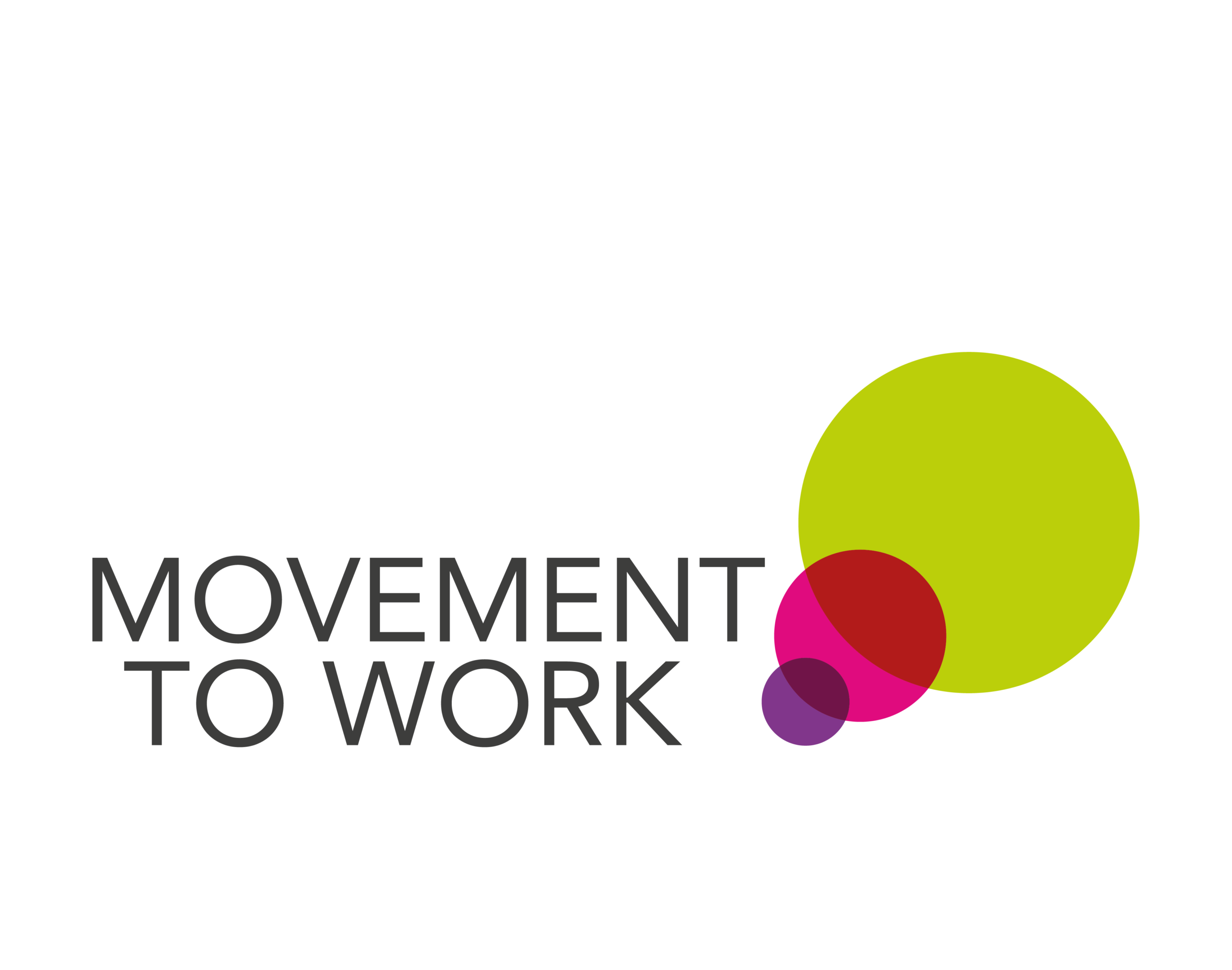The gender pay gap measures the difference between average (median) hourly earnings of men and women, usually shown by the percentage men earn more than women.
How big is the gender pay gap:
According to the Office for National Statistics (ONS), median hourly pay for full-time employees was 7.7% less for women than for men in April 2023, while median hourly pay for part-time employees was 3.3% higher for women than for men (figures exclude overtime pay). The median is the point at which half of employees earn more and half earn less. It is regarded a better measure of pay of the ‘typical’ employee than taking an average.
Because a larger proportion of women are employed part-time, and part-time workers tend to earn less per hour, the gender pay gap for all employees is considerably larger than the full-time and part-time gaps. Median pay for all employees was 14.3% less for women than for men in April 2023.
The full-time pay gap has been getting smaller since 1997 and the overall pay gap has also decreased over the period. The part-time pay gap has generally remained small and negative, with women earning more than men on average.
Why is there a gender pay gap?
The size of the gender pay gap depends on several factors, including:
- Age: There is little difference in median hourly pay for male and female full-time employees aged in their 20s and 30s, but a substantial gap emerges among full-time employees aged 40 and over. This links to parenthood – the gap between male and female hourly earnings grows gradually but steadily in the years after parents have their first child.
- Occupation: The gap tends to be smaller for occupation groups where a larger proportion of employees are women.
- Industry: The pay gap is largest in the financial and insurance industry, and smallest in the accommodation and food services industry.
- Public and private sector: For full-time workers, the pay gap is slightly smaller in the public sector than the private sector. There is a negligible gender pay gap for part-time workers in the private sector, which contrasts with a large part-time pay gap in the public sector.
- Region and nation: The full-time gender pay gap is highest in the South East and London and negative in Northern Ireland.
- Pay: The highest earners have a larger pay gap than the lowest earners.
Read more here.
